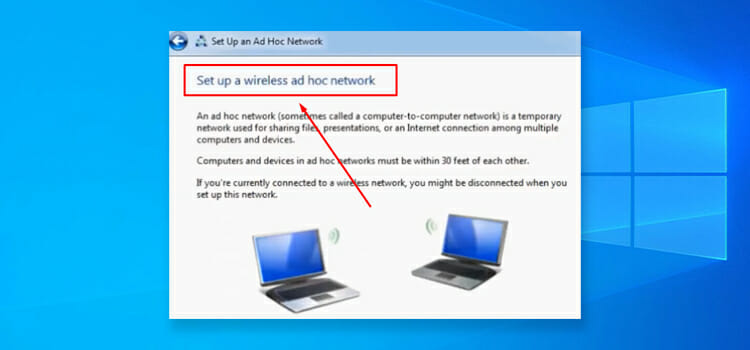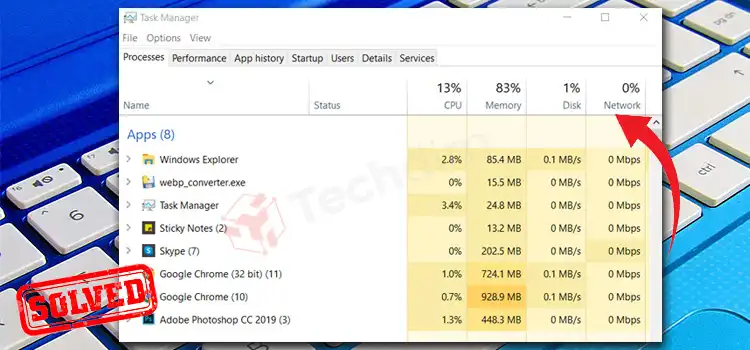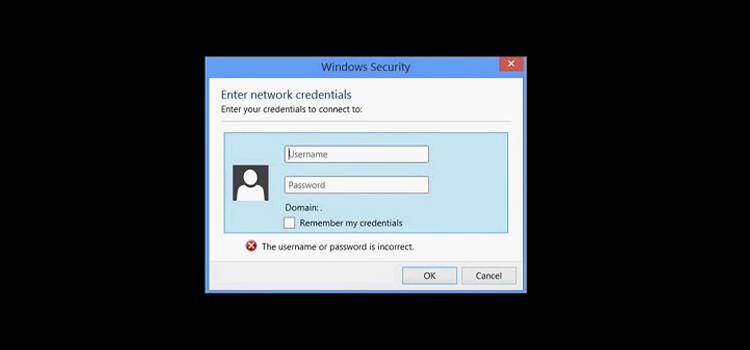Flux vs Night Light Windows 10 | Comparison Between Them
If you are one of those people who uses their computer all the time, especially for long hours, or during night time, chances are that you already have been suffering from a sleep disorder and eye fatigue. That’s why Microsoft introduced a night light feature with their Windows 10. However, there’s a third-party application available to achieve the same effect with much more customization options, it’s called flux.
Exposing your eyes constantly to blue light can damage your retina cells, leading to many vision problems later. So, it’s important that you use a blue light filter. Understanding flux vs night light in Windows 10 can help you in this regard. In this article, we’ll discuss the feature differences between these two, and help you make up your mind on which one to use.

Difference Between Flux and Night Light in Windows 10
in general, every display emits blue light. It’s the light that you see during the daytime. However, prolonged exposure to this light is quite harmful to your eye’s health. While no program can fix already existing eye problems, it’s proven that warmer or slightly reddish light is better for your eyesight. Both the night light feature in Windows 10 and flux can do that. So, what’s the difference between these two? Let’s see
What is Flux and How It Works
Flux was released way back in 2009 when there was not much option available for customizing your display lights. And the good news is that it still holds up. It’s simple to use, effective in functionality, and, most importantly, free to download and use.

After downloading and installing f.lux, click on the flux logo in your Windows 10 task manager. Tap on the location text with the GPS icon to set your location, you can enter your ZIP code for quicker operation. This will automatically set the best setting for you.

However, you can change it according to your preference as well. Also, clicking on the graph below will give you an overview of how your display color and light will change according to the time of your usage.

Clicking on the recommended menu will open up a whole bunch of presets for you. However, the recommended one is what we recommend for most users.

Right-clicking on the flux icon on the taskbar will open a lot more presets, you can even set a hotkey for turning it on and off.

Simply put, f.lux provides you with all the necessary options for maximum customization. The best one is the ability to set the display temperature automatically according to the time of the day. Disabling it is easier too, just a button presses away. Pressing Alter key + End will disable it immediately.
What Is Night Light in Windows 10
Windows night light, on the other hand, was introduced much later on, with the Creators Update of Windows 10, back in 2017. It provides a simple UI (User Interface) with the ability to change the overall strength of color temperature. It has the ability to set a fixed timer to turn it on and off automatically, or you can go for the sunset-to-sunrise option.

As you can see, night light in windows has a basic interface. And that’s not particularly bad either. It’s designed for the most basic needs and for most users, this should suffice.

You can turn it on and off from the notification panel in Windows 10, as marked in the screenshot. Alternatively, you can go to settings and find it under the display section. And yes, you should leave it on, because Windows 10 night light is good for eyes.
Still confused? Here’s a quick comparison table for your better understanding.
| Features | F.lux | Night Light / Night Shift |
| Customization | More | Less |
| Color Temperature | More | Less |
| Location Support | Yes | No |
| App-Based Operation | Yes | No |
| Hotkey Support | Yes | No |
Flux vs Night Light, Which One is Better?
Even though the night light in windows 10 should suffice for most users, in our opinion, flux is the one you should go for. Why? Simply because it provides a lot more presets which is always good to have. The night light, depending on the setting, can be too light or too yellowish, which can ruin your viewing experience. But with flux, you get a lot more in-between options. You can set it to disable automatically for full-screen applications, something which is totally missing on the night light. Despite its fairly complex functionality, it is easy to use. provides you with a lot more control and scheduling options.
Frequently Asked Questions And Answers
Is flux better than the night shift?
In our opinion, flux is a better and more advanced tool to adjust your display temperature than Apple’s night shift.
Does night light affect PC performance?
No, night light doesn’t affect PC performance. However, in the case of gaming, both night light and flux have been reported to reduce fps (Frames Per Second).
What are the best Night Light settings in Windows 10?
The best option is to leave it on automatic (from sunset to sunrise) or set a custom time according to the ambient light you get throughout the day.
Bottom Line
Speaking the truth, for the absolute essentials, there’s nothing wrong with night light. Especially for beginners anyway. However, for the most advanced customizations and proper scheduling, flux is a tried and tested app, recommended for more advanced users.
Subscribe to our newsletter
& plug into
the world of technology





